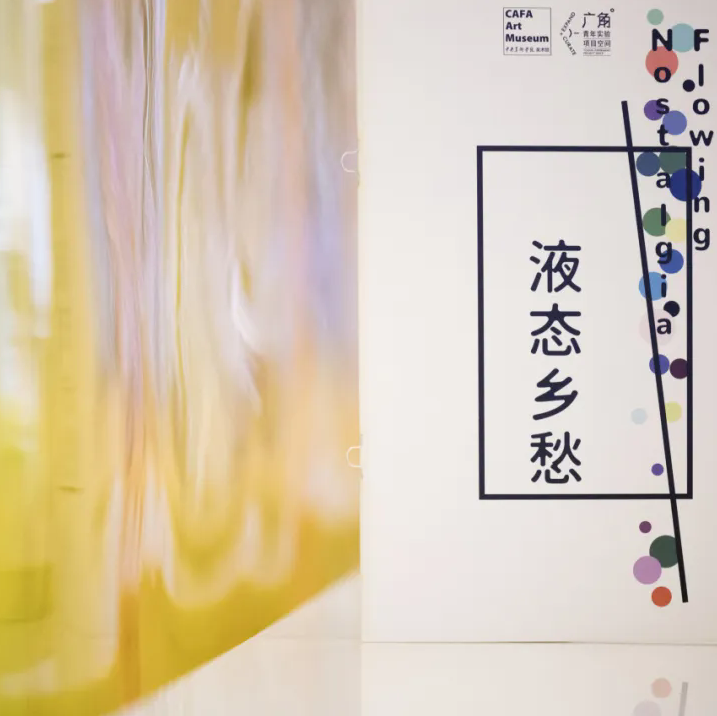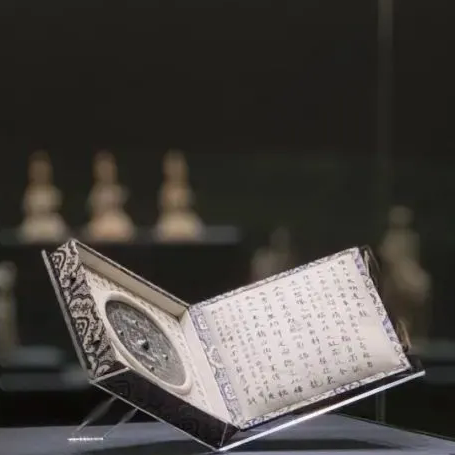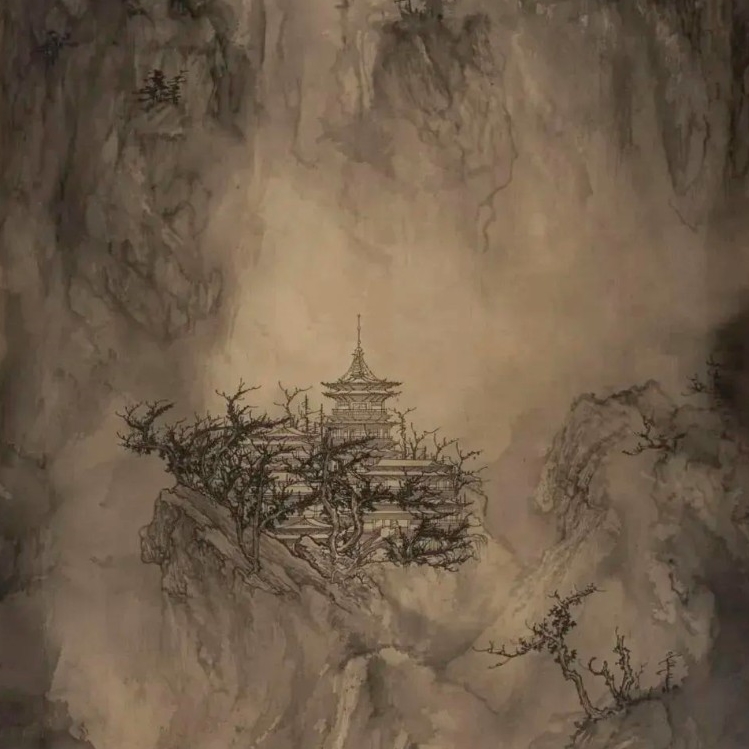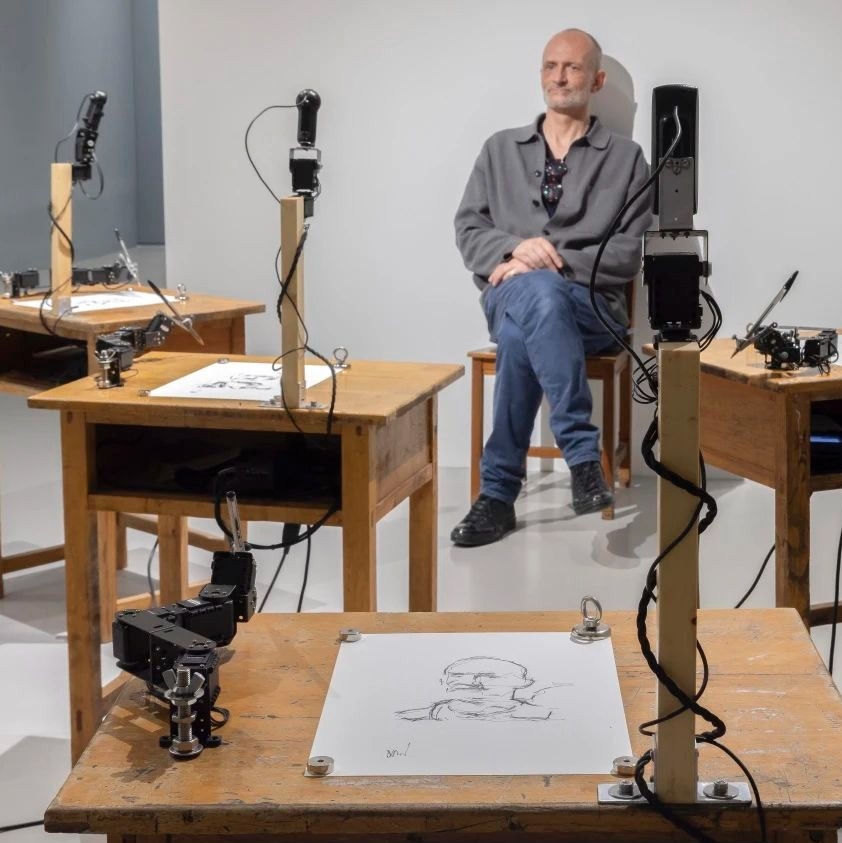
Hélio Oiticica, Untitled, 1958, Gouache on cardboard, 55.1 x 64 cm (21 5/8 x 25 1/8 in)© Estate of Hélio Oiticica. Courtesy Lisson Gallery
Lisson Gallery is delighted to present the inaugural exhibition of work by Brazilian artist, Hélio Oiticica, in China. One of the most original artists of the twentieth century, Oiticica had a marked influence on all aspects of Brazilian avant-garde culture, and his performative, participatory work served as a touchstone for much contemporary art made since the 1960s. The exhibition serves as an introduction to the artist’s practice by presenting pivotal works from throughout his career, including a series of Metaesquema paintings (1957-1958), a Spatial Relief from 1960 that has featured in many of the significant institutional exhibitions on his work, and an experimental video work. This selection captures the complex and multi-dimensional evolution of Oiticica’s oeuvre, and introduces the activist, exuberant works that reflect the culture and society he was embedded in. A cosmopolitan traveler – moving from Brazil to London and New York before returning to Rio de Janeiro – Oiticica’s ideas continue to expand globally and unfold new meanings for the world, now reaching Asia in a major way for the first time.

Hélio Oiticica, Untitled, 1958, Gouache on cardboard, 12 x 17.4 cm (4 5/8 x 6 3/4 in)© Estate of Hélio Oiticica. Courtesy Lisson Gallery
Even before the age of 20, Hélio Oiticica (1937–1980) was a founding member of the historic Rio de Janeiro-based art movement, Grupo Frente, alongside artists Ivan Serpa, Aluisio Carvão, Lygia Clark, and Lygia Pape, and went on to become a leading figure of Brazilian Neo-Concretism. This predisposed the larger cultural movement known as ‘Tropicalismo’, named after Oiticica’s groundbreaking installation Tropicália (1967), which used art, poetry and music to address the country’s changing dynamics. While Oiticica began his career with geometric explorations into painting and drawing, he soon expanded his practice to include ambitious architectural installations, film, writing, sculpture and large-scale, immersive environments. Through these, he confronted the traditional boundaries of art and challenged the separation of the art-as-object from the viewer, encouraging active participation and dissolving the boundary between art and life.

Hélio Oiticica, Untitled, 1958, Gouache on cardboard, 45.1 x 54 cm (17 3/4 x 21 1/4 in)© Estate of Hélio Oiticica. Courtesy Lisson Gallery
The works featured in the exhibition demonstrate the key concepts that characterised Oiticica’s approach, illustrating in particular the artist’s interest in dynamic movement throughout his career. The series of Metaesquema – created from 1957-1958 while living and working in Rio de Janeiro – show his manipulation of seemingly simple geometric compositions. These works are imbued with a remarkable energy despite their two-dimensionality, bursting with rhythm and the avant-garde spirit of Brazilian culture, as well as providing an insight into his analytical and reflexive nature.

Hélio Oiticica, Untitled, 1958, Gouache on cardboard, 54.9 x 63.8 cm (21 1/2 x 25 in)© Estate of Hélio Oiticica. Courtesy Lisson Gallery
Another work in the show, a vibrant yellow Relevo Espacial (1959-60) marks the beginning of the 1960s era, where Oiticica’s aesthetic restlessness kept his work in continuous transformation. Here the viewer’s participation is required, as they must circumnavigate the Spatial Relief in order to experience colour as form. The final work in the exhibition is an experimental video work, entitled Helioframes (1979), made in collaboration with the Brazilian filmmaker, Ivan Cardoso. Made with 35mm film, this series of projected graphic interventions produces a melodic environment, deepening his aesthetic experimentation by further dematerialising the work of art.
The exhibition will also be accompanied by an essay by the distinguished art historian, Roberto Conduru.
Oiticica's Penetrável Macaléia (Malaceia Penetrable), a walk-in installation inspired by Rio de Janeiro’s favelas, was recently acquired by the Pérez Art Museum Miami.
About the artist

Image Courtesy Galeria de Arte Ipanema
Hélio Oiticica (1937 – 1980) is widely regarded as one of Brazil’s leading artists of the twentieth century and a touchstone for much contemporary art made since the 1960s, primarily through his freewheeling, participatory works of art, performative environments, avant-garde films and abstract paintings. Even before the age of 20, Oiticica was a key member of the historic Rio de Janeiro-based Grupo Frente (1954-56), his radical play with geometric form and vibrant colors transcending the minimal lines of European constructivism and imbuing his work with an exuberant rhythm that resonated with the avant-garde music and poetry of his native Brazil. In the late 1950s, Oiticica would go on to become a leading figure of Brazilian Neo-Concretism (1959-61) that included other ground breaking artists such as Lygia Clark, Lygia Pape and the poet Ferreira Gullar, ultimately giving rise to the artistic movement known as Tropicalismo, named for a work of Oiticica’s from 1967.
Increasingly, Oiticica became a countercultural figure and underground hero, foregrounding bodily interaction with spatial and environmental concerns over pure aesthetics. “Ambient art,” he wrote, “is the overthrow of the traditional concept of painting-frame and sculpture – that belongs to the past. It gives way to the creation of ‘ambiences’: from there arises what I call ‘anti-art,’” which he later defined as “the era of the popular participation in the creative field.” This generous and generative practice would become highly influential for subsequent generations of artists, especially his Parangolés or‘habitable paintings’ and all-encompassing series of installations, known variously as Núcleos (ceiling-hung geometric panels forming gradual chromatic experiences) and Propositions or Penetrables (labyrinth-like architectural environments made of sand and semi-permeable cabins). This supra-sensorial approach continued until his untimely death in 1980 at the age of 42.
Oiticica’s work has been the subject of major recent museum exhibitions, including the critically acclaimed retrospective Hélio Oiticica: To Organize Delirium, which debuted at the Carnegie Museum of Art in Philadelphia in 2016 and traveled to the Art Institute of Chicago and the Whitney Museum of American Art in 2017. Hélio Oiticica: The Body of Color was exhibited at The Museum of Fine Arts, Houston in 2006-2007 and in London at the Tate Modern in 2007. His work is included in the collections of numerous international institutions including Carnegie Museum of Art, Pittsburgh, PA, USA; Inhotim Centro de Arte Contemporãnea, Belo Horizonte, Brazil; Los Angeles County Museum of Art, Los Angeles, CA, USA; Museo de Arte Reina Sofia, Madrid, Spain; Museu de Arte Moderna, Rio de Janeiro, Brazil; Museum of Fine Arts, Houston, TX, USA; Museum of Modern Art, New York, NY, USA; Tate Modern, London, UK; Walker Art Center, Minneapolis, MN, USA; and the Guggenheim Abu Dhabi, United Arab Emirates, among others. The Projeto Hélio Oiticica was established in Rio de Janeiro in 1980 to manage the artist’s estate.
About the exhibition

Dates: 2 September - 30 October 2021
Venue: Lisson Gallery
Address: 2/F, 27 Huqiu Road, Huangpu District, Shanghai 200002
Courtesy Lisson Gallery.




























